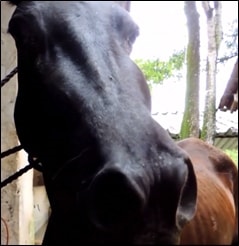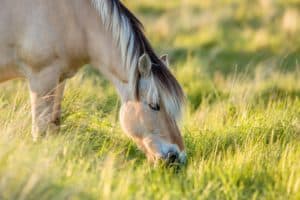What is Big-Head Disease?

By Rubén Anguiano, MVZ, MSc, WEVA Regional Ambassador—México and Central America
Universidad de Guadalajara and Los Alamitos Equine Hospital, Guadalajara, México
Nutritional secondary hyperparathyroidism (NSHPT) is an uncommon endocrine pathology also known as “bran disease, Miller disease, big-head disease, osteitis fibrosa, swollen face disease, and equine osteoporosis.”
Horses that consume a diet low in calcium and/or high in phosphorus (typically with a phosphorus-to-calcium ratio of 3:1 or higher) can develop NSHPT. Horses that ingest grasses and toxic plants containing high concentrations of oxalate compounds, which inhibit calcium absorption, can be predisposed to developing NSHPT
Create a free account with TheHorse.com to view this content.
TheHorse.com is home to thousands of free articles about horse health care. In order to access some of our exclusive free content, you must be signed into TheHorse.com.
Start your free account today!
Already have an account?
and continue reading.
Written by:
World Equine Veterinary Association
Related Articles
Stay on top of the most recent Horse Health news with















